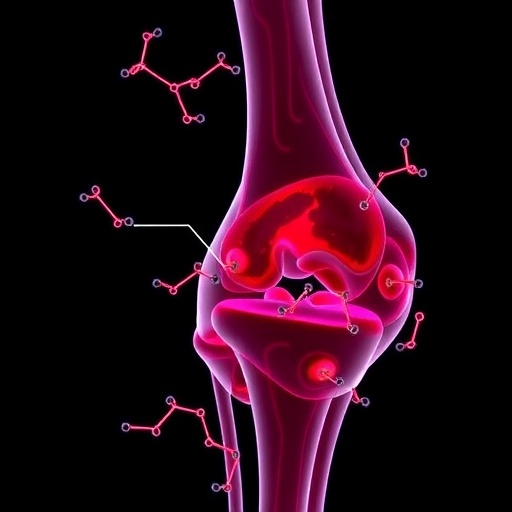Credit: Imperial Brands Science
A new study by Imperial Brands, owners of leading vape brand blu, contributes to the increasing evidence base substantiating vaping’s harm reduction potential compared to smoking.
The research, presented at the 58th annual meeting of the Society of Toxicology earlier this year, compared the in-vitro toxicological responses of a 3D model of human lung tissue to myblu vapour and cigarette* smoke across a range of biological endpoints.
Cells were repeatedly exposed to either 30, 60 or 90 puffs of vapour, smoke and air over 4 weeks, and the results were conclusive. While myblu vapour delivered significantly more nicotine compared to the cigarette smoke, it did not trigger any significant toxicological responses under test conditions.
Arguably the most striking observation involved the cilia on the surface of the cells- mobile, hair-like structures that line the airways and lungs, helping keep them clear of mucus and dirt. After 4 weeks of repeated exposure to undiluted myblu vapour, there was no recorded decrease in either the number of cilia, or the number of ciliated cells. In fact, tissue integrity was indistinguishable from air control. The observations were in marked contrast to cigarette smoke’s negative impact on lung cells, even when diluted at 1:17 ratio.
Dr Roman Wieczorek, Group Biological & Toxicological Laboratory Manager at Imperial Brands Science and study author, commented: “Utilising state-of-the-art in-vitro methodologies based on TT21C principles, we continue to investigate the mechanistic effects of our Next-Generation Product (NPG) portfolio to substantiate its harm reduction potential”.
“Our ethical assays use cells derived from humans. This negates the need to test on animals, while targeting multiple endpoints of direct relevance to adult smokers.”
Dr Grant O’Connell, Head of Scientific Affairs at Imperial Brands, added: “Our process of scientific substantiation focuses on all aspects of population level harm reduction, allowing us to develop robust scientific evidence packages that demonstrate the risk-reduced potential of our NGPs.
“Unfortunately, media headlines based on misleading science containing non-realistic human exposures and extrapolated results continue to prove confusing and unhelpful at best and disastrous to the global public health agenda at worst.
“Imperial Brands and blu urge public health bodies, regulators and journalists across the world to cut through the misleading, agenda-driven murk and help us in our mission to deliver something better for the world’s smokers.”
###
* Kentucky Reference Cigarette (3R4F)
Media Contact
Rob Taylor
[email protected]
Original Source
http://www.




